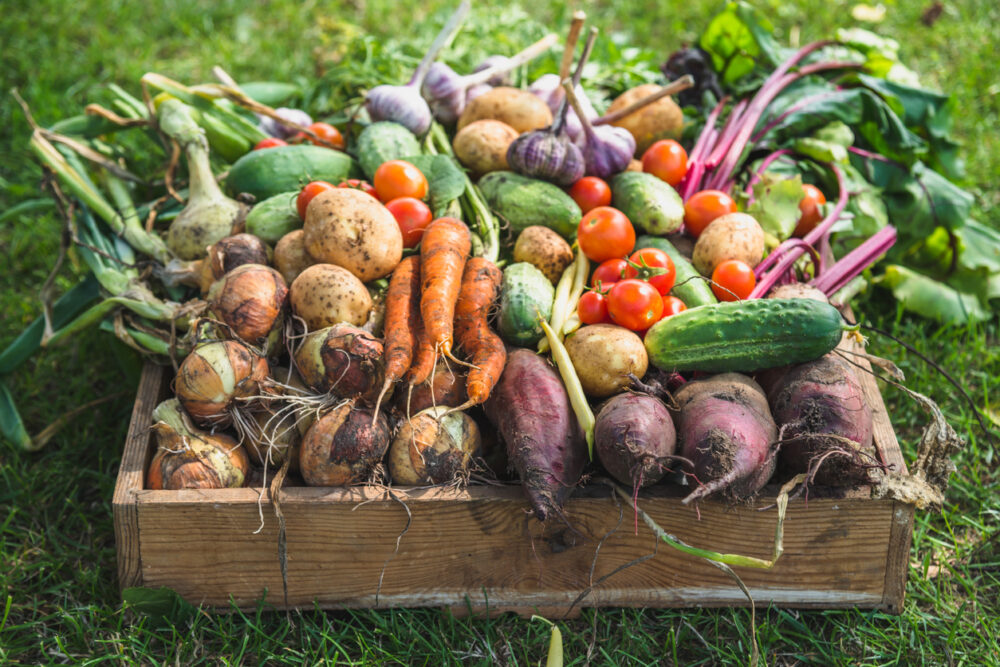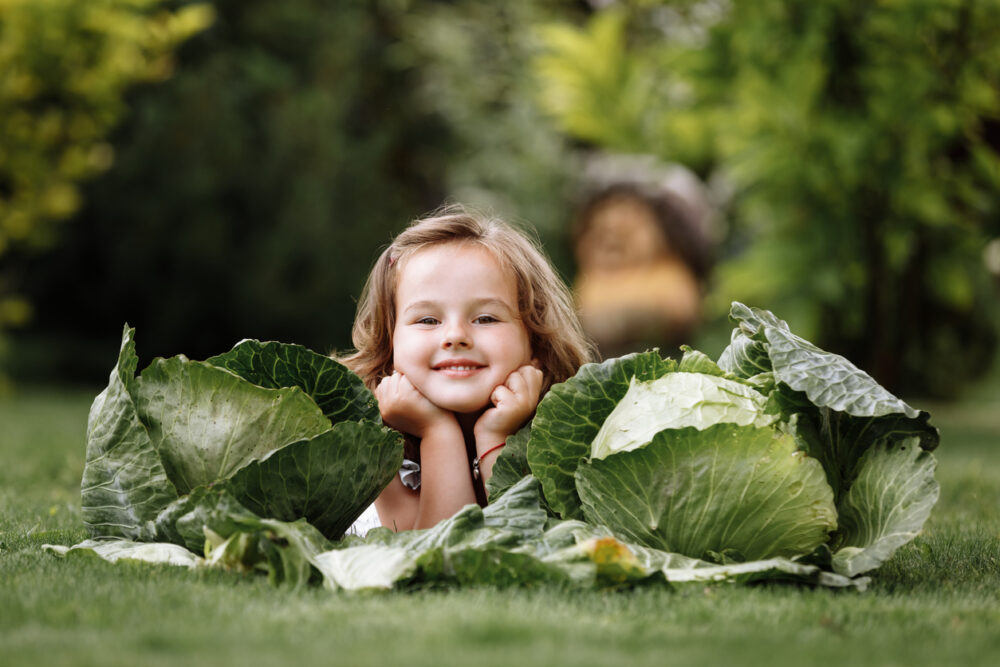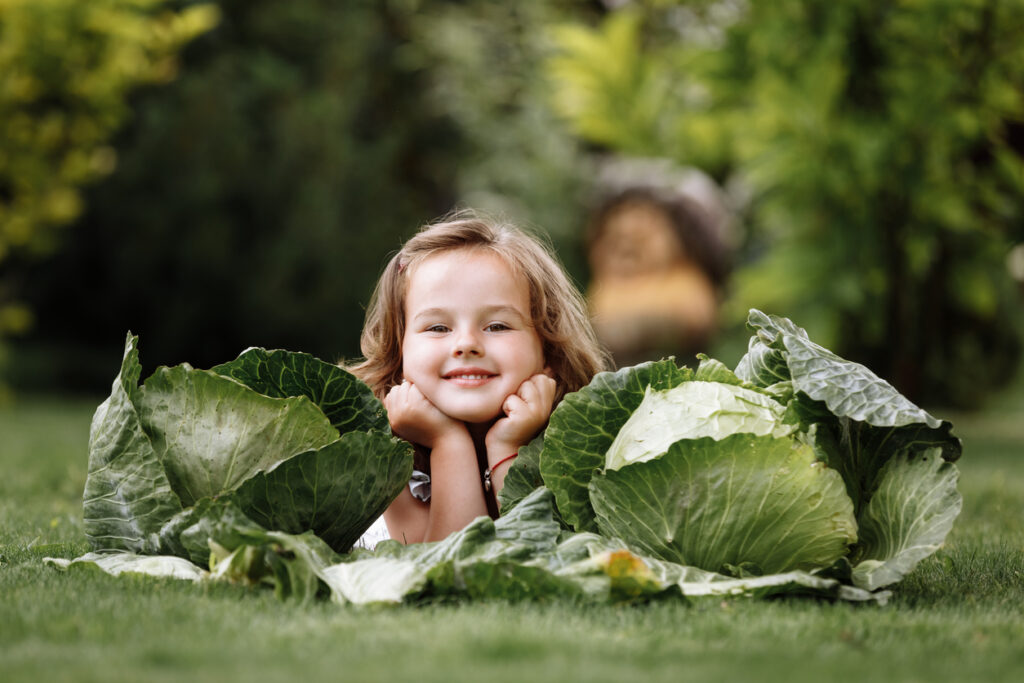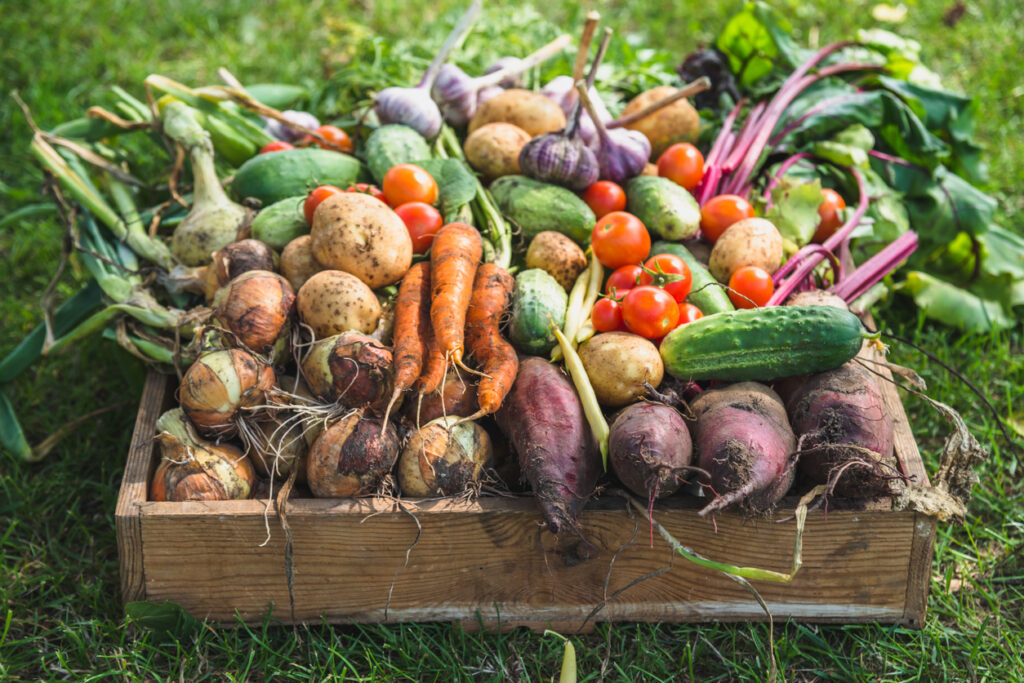Gardening in Zone 4 – Cold Tolerant Vegetables For Your Zone 4 Garden
Contrary to what many gardeners believe, hardiness zone 4 is not exactly vegetable-free. People who live in zones 7 and above tend to think of gardens in zone 4 are barren vistas where nothing grows there but weeds and leafless trees braving the cold and harsh winter. But that couldn’t be any further from the truth.
As we’ll see here, gardeners living in hardiness zone 4 have many options as far as vegetables are concerned. But it’s not just vegetables. You can also grow plenty of fruits, flowering annuals, and herbs, even in areas where frost is a common occurrence. However, in this article, we’ll cover those cold-hardy vegetables that let anything, not even frost, stop them from growing and yielding a handsome crop.
Temperatures in Zone 4
USDA hardiness zones help farmers, gardeners, and agriculturalists, in general, to know which plants are suitable to grow at what times of the year. The USA is divided into 13 zones, and each zone is further divided into two subsets, a and b. While each zone is about 10 degrees Fahrenheit less than the zone above it, the subsets are a way to finesse this categorization.
So absent cold fronts or freezing storms, people living in zone 4b will experience temperature about 5 degrees Fahrenheit higher than those living in zone 4a. If you’re a gardener in hardiness zone 4, you should find out the subset you belong to and base your planting schedules on the average minimum temperature.
Zone 4 usually gets a minimum temperature between -20 degrees F to -30 degrees F in the winter. However, subset zone 4a, for example, is expected to get between -25 degrees to -30 degrees F, which is about 5 degrees warmer than 4b, which averages between -20 degrees to -25 degrees F annually. Keep in mind that the temperature could drop further as a result of unexpected weather events.
Zone 4 Frost Dates
Frost dates in zone 4 are just as important for the plants in your garden as the average temperature in the winter. You always want to time sowing the seeds to avoid frost. While a mature plant might have a high tolerance to frost, most veggie seeds won’t germinate unless the temperature in the soil is above the freezing point.
As a short growing season, zone 4 has a small window in which you can sow the seeds, grow the veggies, and harvest them. So it’s important to know when the first and last frosts of the year will hit.
- First Frost: The first frost of the year in zone 4 is usually between September 15th and October 1st. Your veggies should be ripe and harvested before the first frost; otherwise, you won’t have a good crop that year.
- Last Frost: The last frost to be expected in zone 4 will be between May 15th to June 1st. Many veggies with low cold tolerance cannot be planted until the last frost has passed and the soil becomes workable.
These dates, however, are not set in stone. They might vary by a week or so from one year to the next. It’s always best to err on the side of caution and not keep your veggies in the garden until the expected time of the first frost.
States in Zone 4
Zone 4 covers a little less than half the states. Even states which are usually considered in warm zones, such as Arizona and New Mexico, also belong to the cold zone 4. That’s because one state can have more than one hardiness zone. Here’s a list of the states that fall under hardiness zone 4.
|
|
|
|
|
|
|
|
|
|
|
|
|
|
|
|
|
|
|
|
|
|
Gardening in Zone 4
When you have a growing season that’s about three and a half months long at best, then you need to plan ahead and be prepared. And while hardiness zones are good indications of the average temperature that you can expect, they’re by no means the be-all and end-all for the average gardener.
For example, rainfall, soil fertility, and drought should also factor into your calculations as you plan your next veggie patch in the garden. You also need to take into account unforeseen weather patterns, droughts, and microclimates.
That said, you can always expand your gardening repertoire to include cold-hardy fruits and trees such as nuts and apples, berries, and cherries. Some fruits need chill days to bear fruit for the fruits to ripen. Chill days are the days when the temperature falls under 32 degrees F but stays above -45 degrees Fahrenheit. So always look for hardy fruit trees since these need chill days, making them more suitable for zone 4 than, say, zone 6 or 7.
Cold-Tolerant Vegetables for Zone 4
So taking all of that into consideration, you might be wondering what kind of vegetables you can grow in such a cold and short growing season. As it turns out, a whole lot of veggies are actually cold, hardy. Not only can these plants survive the weather in zone 4, but they also thrive in it. Here are our recommendations for cold-tolerant vegetables you can grow in zone 4.
Spinach
Spinach is one of those deceptive veggies that one wouldn’t associate with cold weather. But just because they have tender leaves that fit nicely in your salad and dip, that doesn’t mean you cannot grow them in zone 4. Keep in mind that this veggie will stop growing completely once the harsh winter weather sets in. But once the spring returns with its balmy days, the hardy spinach sprouts back with bright green leaves that are as succulent as they are delicious.
However, if the veggie is exposed to too many chill days in the winter, the leaves in the spring might look and feel rough. So cover them throughout the winter to protect the tender shoots you expect to harvest in the spring.
Carrots
This is another veggie that has remarkable hardiness against frigid cold temperatures. The secret for the carrots’ ability to withstand the harsh weather has to do with the sugar concentrations in the roots. In fact, the colder it gets, the more sugar builds up in the roots. That acts as a natural antifreeze that protects the roots even when other less-hardy plants succumb to the merciless winter of zone 4.
The key to a carrot patch success is to time your planting so that the veggies mature by the end of the fall. That way, neither frost nor chill days can damage them. In fact, the more you leave in the ground throughout the winter, the sweeter the carrots become. So you’ll have a fresh stock of the veggie all winter.
Lettuce
Say what you like about lettuce, no green salad worth its name can do without the succulent and crisp leaves of lettuce. But unlike carrots with their natural antifreeze, lettuce doesn’t have any natural buildup of sugar to protect it against the cold. However, as it turns out, the young lettuce veggies are more cold, hardy than the mature plants.
What this means is that you’ll have to time your lettuce planting either in late summer or early fall. That way, by the time the first frost hits, the young leaves have already sprouted. Harvest the leaves when they’re still tender and cover the plants during the winter to encourage them to keep growing new leaves.
Cabbage
Most gardeners are used to planting cabbage in the spring or summer and harvest it by early fall. But this hardy veggie also relishes chill days, and its leaves get crisper and more tender the colder the weather gets. In fact, many gardeners swear by winter cabbage. Some people favor that frost-touched cabbage as it has more flavors than spring or summer harvests. That makes cabbage an ideal veggie for zone 4 gardening.
It all comes down to selecting the right cabbage variety with high tolerance to cold weather. We recommend cultivars such as Marabel and January King, which don’t even need overwintering. Start your cabbage patch in the late summer so that the plants are well established by the first frost.
Swiss Chard
We talked before about Swiss chard and its famous tolerance to cold weather. In fact, this variety can stand temperatures as low as 15 degrees Fahrenheit. So if you haven’t had much success with other varieties of lettuce and you crave its delicious leaves in your salad in the winter, Swiss chard is the ideal candidate for your garden.
Some cultivars are more cold tolerant than others. I recommend giving Fordhook Giant and Verde de Tagleo a try and see how well they grow in your zone 4 garden. You can keep harvesting the tender leaves until the real winter. Once it gets too cold, you can cover the veggies with a thick layer of mulch until the next spring.
Leek
Leek is a close cousin of garlic. If you have planted garlic in the winter before and were pleasantly surprised with the outcome, then chances are leek is next on your gardening wishlist. That’s actually the secret behind the success of leek in the winter. It just keeps growing no matter how short the day is. Most other plants would go dormant or even die completely due to insufficient daylight. But not the hardy leek plants. They thrive even when the days are short, and the sun is nowhere to be seen.
But which leek variety to try? Experts recommend going for the blue-green cultivar since they can survive temperatures as low as 0 degrees F. Two blue-green varieties that you should consider in your zone 4 garden are Bandit and Blue de Solaise. The baby leeks of these varieties are milder in flavor and have less of a bite. You can add them to a green salad dish. When cooked with various pasta dishes, they infuse the pasta with a unique and wonderful taste.




There is time for peas, green beans and short season sweet corn. peppers, squash eggplant are possible, cucumbers, onions, tomatoes as well. This list is WAY to restrictive!!!1